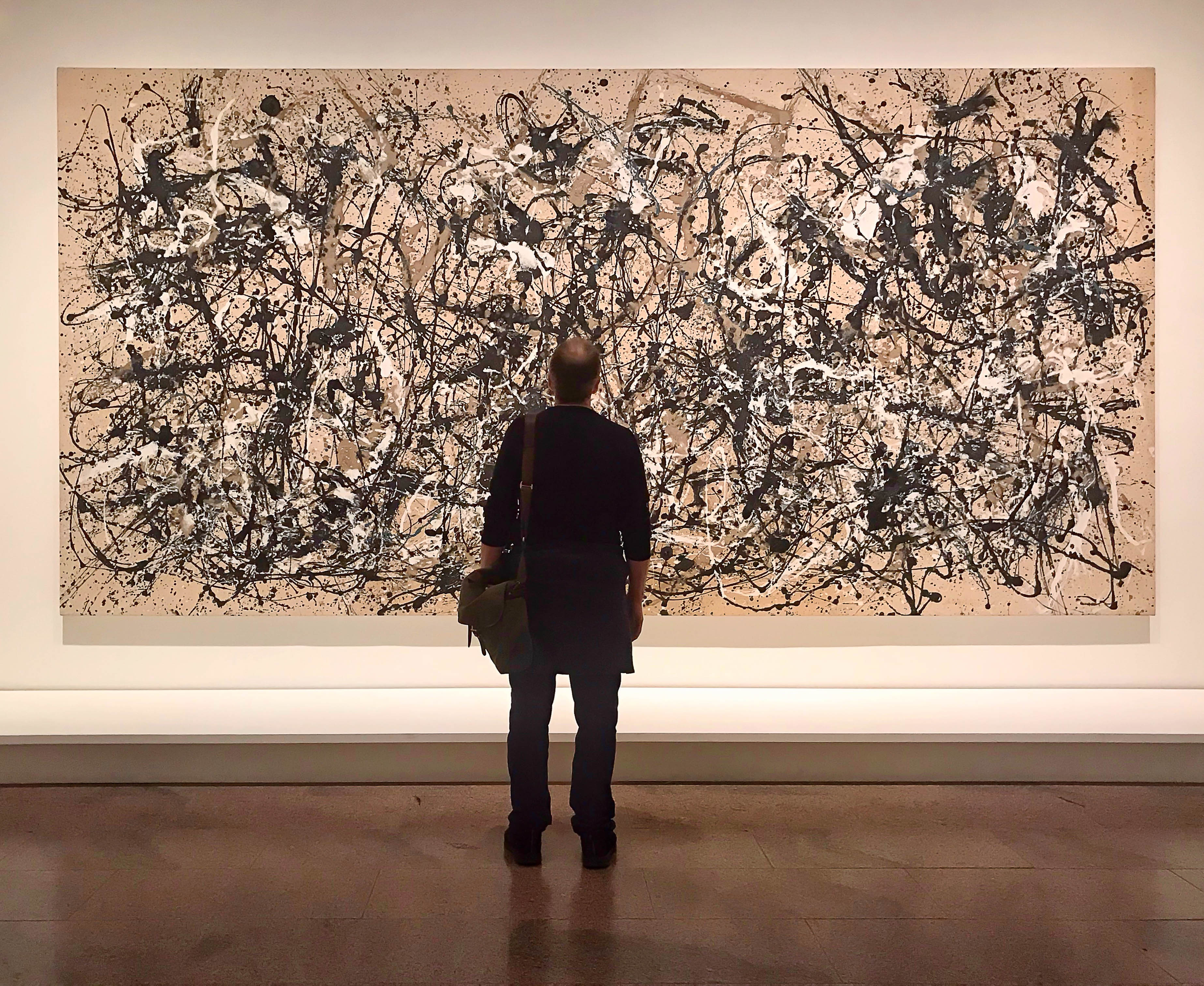
The Jackson Pollock Studio has recently teamed up with the digital art platform 'Iconic' to release their latest NFT collection called "Beyond the Edge: The Jackson Pollock Studio Collection."
The rise of Non-Fungible Tokens (NFTs) has revolutionised the art world. Instead of being a meteor it is likely they will change drastically the art panorama, offering artists and their studios new opportunities to preserve their legacy and secure their place in history. One of the most notable examples of the potential impact of NFTs on an artist's legacy is the case of Jackson Pollock. This article explores the significance of NFTs, their connection to artists' studios, and how they can safeguard an artist's work for generations to come.
The Emergence of NFTs
NFTs are unique digital assets that represent ownership and authenticity through blockchain technology. Unlike cryptocurrencies like Bitcoin or Ethereum, NFTs cannot be exchanged on a one-to-one basis due to their individuality and distinct properties. NFTs have gained tremendous popularity, especially in the art world, as they provide an unalterable record of ownership and provenance for digital and physical artworks alike.
NFTs as a New Avenue for Artist Legacies
For artists and their studios, ensuring the preservation and authentication of their work for future generations is a crucial concern. NFTs offer a novel solution by providing an immutable and transparent record of provenance. By minting an artwork as an NFT, artists and studios can create an unbreakable link between the digital certificate of authenticity and the tangible artwork, ensuring its value and authorship can be verified by collectors, institutions, and art historians.
Jackson Pollock: A Case Study in NFT Preservation
Jackson Pollock, a pioneer of Abstract Expressionism, left an indelible mark on the art world before his untimely death in 1956. His revolutionary "drip paintings" continue to captivate audiences worldwide. However, over the years, the authenticity of some Pollock works has come into question, leading to controversies and debates within the art community. NFTs present a unique opportunity to address these concerns and secure Pollock's legacy.
Certifying Authenticity and Provenance
The issuance of NFTs linked to Pollock's masterpieces ensures their authenticity and provenance are indisputable. By associating each artwork with a unique digital token on the blockchain, Pollock's studio can maintain a publicly accessible and decentralized ledger of the painting's history. This immutable record provides collectors and institutions with a trustworthy way to confirm the origins of a Pollock artwork, minimizing the risk of forgery and fraudulent practices.
Unlocking Value and Revenue Streams
NFTs also offer new revenue streams for artists' studios. Through the use of "smart contracts," artists can receive royalties from secondary sales. In Pollock's case, these secondary sales can significantly benefit his estate, supporting art preservation initiatives and charitable causes aligned with the artist's vision.
Engaging the Digital Art World
In addition to traditional artworks, NFTs are instrumental in preserving the legacy of digital art. The digital art movement has been growing exponentially, and artists' studios can leverage NFTs to authenticate and protect these groundbreaking creations. By bridging the gap between the digital and physical art worlds, NFTs offer a comprehensive solution to artists seeking to leave a lasting legacy.
NFT, a powerful tool?
Non-Fungible Tokens have emerged as a powerful tool for artists' studios, enabling them to preserve their legacy and safeguard their work's authenticity and value for posterity. The case of Jackson Pollock exemplifies how NFTs can provide a solid foundation for an artist's legacy, resolving authenticity disputes and unlocking new revenue streams. As the art world continues to embrace technology, NFTs are poised to become an integral part of artists' studios, protecting their creations and ensuring that their contributions to art history are eternally recognized.




